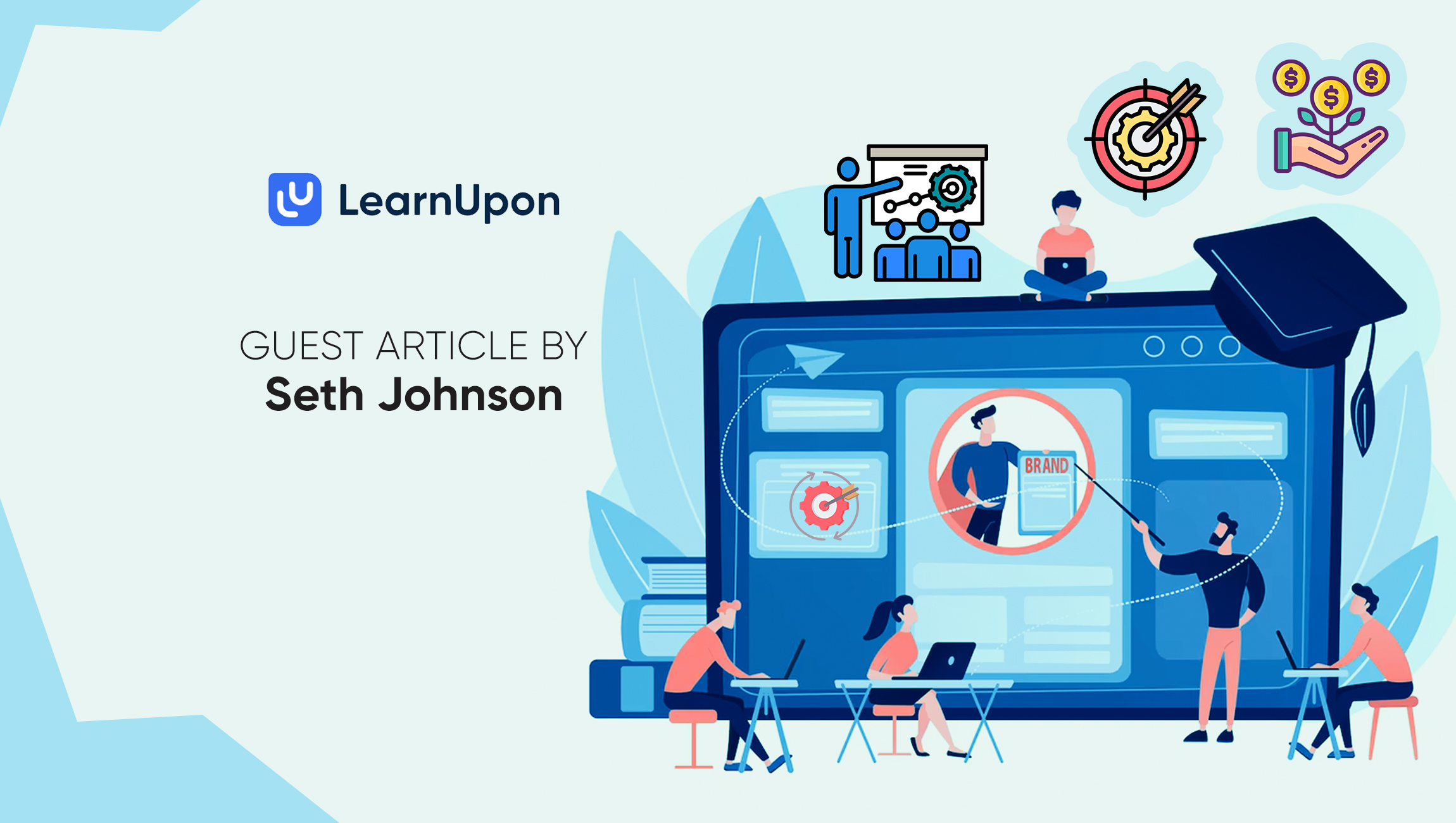Customer Education Programs: Measure Effectiveness, Maximize ROI
By: Seth Johnson, VP of customer experience, LearnUpon

Many factors influence whether your customers thrive with your solution and stick with you long enough to generate a strong return on your acquisition costs. However, few of these factors are more impactful than the quality of the customer education you provide.
From onboarding to product training, customer education is a highly impactful way to help your customers understand how to use your product or service. But perhaps the most powerful result is that it helps your customers understand why your products have value for them, thus increasing their chances of becoming happy, long-term customers.
Double-Whammy: Customer Training, ROI and Retention
The correlation between customer training and retention is easy to understand: the better you know a product or service, the more likely you are to use it effectively. Additionally, the better you know a product or service, the more likely it will help you extract the real value you want from it.
Then there’s the reciprocal relationship between customer education and retention. Customer education can support long-term retention and convert your customers into advocates of your product, spreading the value of your business to others, and, in turn, fueling your growth.
Read More: SalesTechStar Interview with Christina Brady, CEO of Luster AI
Metrics for Measurement: How to Monitor Effectiveness and Retention
To fully understand the impact that customer education has on your business, you need to understand how to measure it. For many customer experience and learning teams, this is a skill they need to acquire, as it’s not always straightforward to connect customer education to gold-standard metrics like retention rates (gross and net) and customer lifetime value (CLV).
For accurate measuring, it begins with goal-setting by pulling information from leaders across your organization. Asking them who is in your audience, what the purpose of training is, and what do we want to achieve. For example, an organization could be seeing low retention rates due to poor onboarding of new customers. This could then be converted to a goal: Increase new customer retention by 10% with product onboarding.
With goals set, to get to these bottom-line metrics, it’s recommended that you gather data that shows links in the logical chain between customer education and business results. For example, if you have a formal learning strategy delivered through a learning management system (LMS), you can find many of these data points in there:
- Knowledge Acquisition:After completing assessments like tests, quizzes, and assignments, do customers understand the information you are giving them and are they retaining the information?
- Engagement Levels:Are customers engaging with your course content and are they completing their courses? Additionally, are they engaging with your product or services after they have completed their learning?
- Skill Application: Are your customers using what they’ve learned and are they applying it to real-life scenarios when using your product or service?
- Feedback and Surveys:What feedback are customers giving that offers insights about the quality of the customer education program?
In addition to the metrics above, you should also measure the effects of your training both past and present — pre-and-post training program, untrained versus trained customers, and beyond. Using these metrics to compare progress over time is vital to fine-tuning your training methodology.
Once you have your goals and data collected, you can calculate ROI by using a calculator for those results monthly, quarterly, and yearly as-needed.
Unlock Metrics with a Connected Ecosystem
To make measuring your learning’s impact more automated and scalable, it’s best that you build an ecosystem. This means connecting your organization’s tools, like your learning solution and CRM.
Having this connection means you can then analyze the data to find correlations between learning and customer outcomes. For example, within your CRM, you can see what customers have completed their onboarding courses and which ones have not. Then, you can compare this data to customers who are engaged with your product or service, given a positive NPS, and are continuing to use your business.
Establishing a clear connection between your customer learning initiatives and the impact they have on your growth goals is essential for the effectiveness of your training strategy. This clarity helps your organization make informed decisions when it comes to budget allocation, identifying subjects that resonate the most with customers and potential clients, and pinpointing the areas that need additional emphasis.
Customer training has immense benefits that all culminate in improving ROI. Increasing customer retention and satisfaction while educating them is critical to your organization’s growth efforts. Partnering with solutions that integrate with your platforms is essential to the success of these programs and easily improves ROI.
Read More: Beyond the Sale: Three Game-Changing Tips from a Chief Revenue Officer



